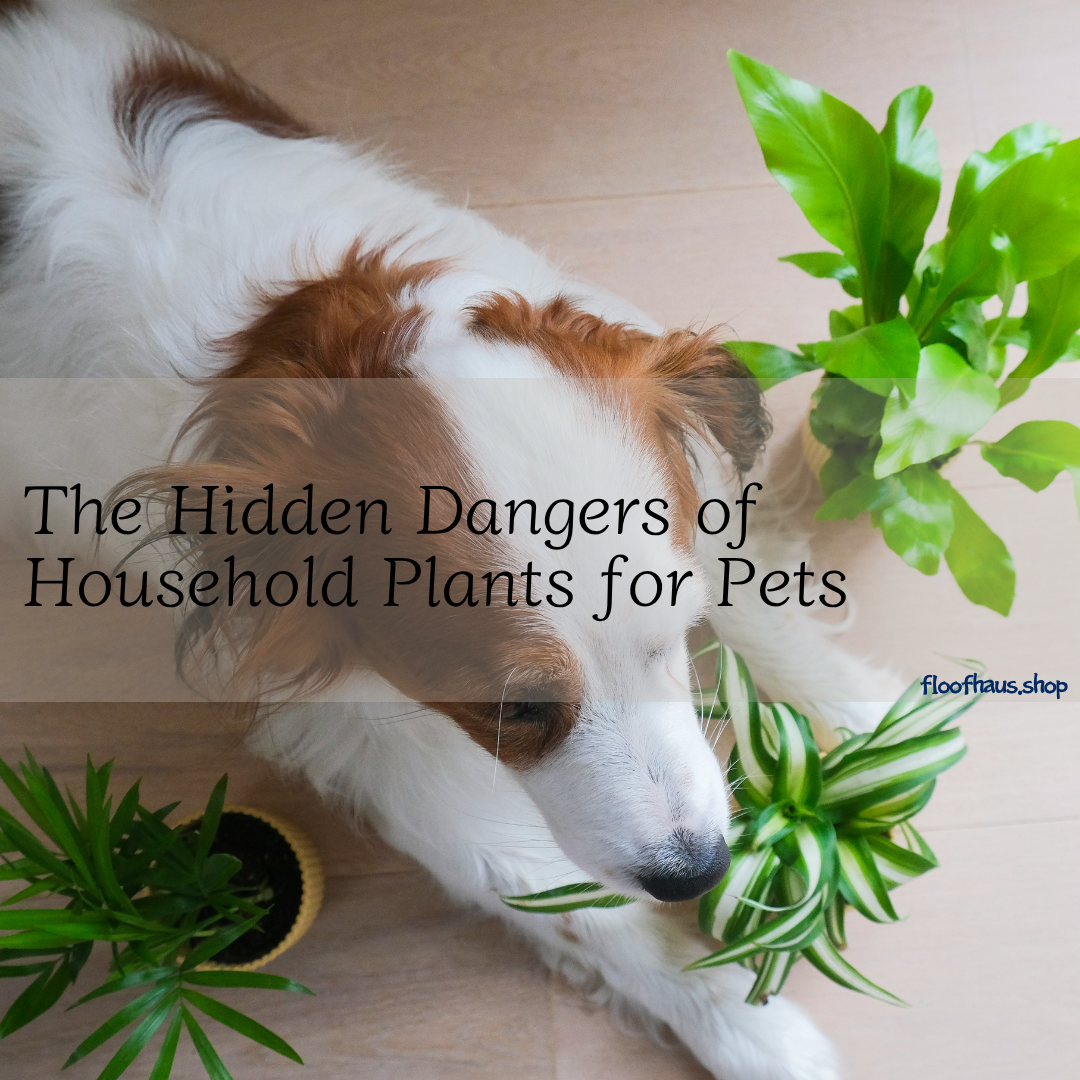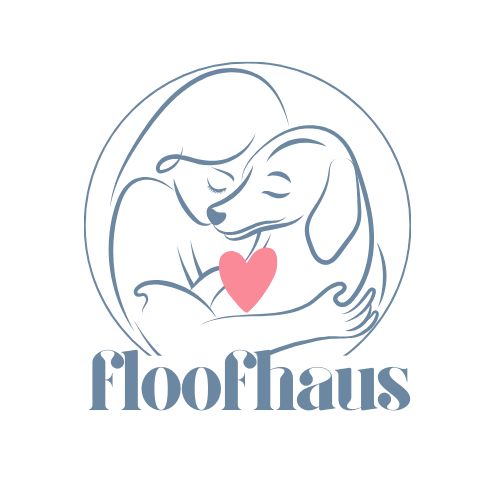
The Hidden Dangers of Household Plants for Pets
Share
Introduction

The Hidden Dangers of Plants Toxic to Pets
A house full of plants feels alive, fresh, and welcoming. The lush greens create calm spaces and purify the air. But hidden among the leaves are dangers most pet parents overlook. Many popular plants contain natural toxins that can harm your cat or dog. Knowing which plants toxic to pets exist keeps your furry friends safe. Understanding the risks helps you create a safe and pet-friendly home environment.
1. Why Some Plants Are Toxic to Pets
Plants produce natural defense chemicals to protect themselves from insects and animals. These compounds can irritate or poison your pets when eaten or chewed. Some plants cause mild stomach issues, while others can damage internal organs. Even small amounts can lead to dangerous symptoms for cats and dogs. Understanding which plants toxic to pets contain harmful compounds is essential.
Many plants have calcium oxalate crystals that cause irritation.
Others contain alkaloids, saponins, or cardiac glycosides that affect heart and nerve function.
While humans may tolerate these compounds, pets have smaller, more sensitive systems.
That’s why a single leaf can trigger a severe reaction.
2. Common Toxic Plants Found in Homes
Let’s explore plants that often appear on kitchen counters and living room shelves.
They look beautiful but can be harmful if pets take a bite.
Lilies:
Extremely dangerous for cats. Even pollen or water from a vase can cause kidney failure.
Dogs can also experience vomiting and appetite loss.
Aloe Vera:
A healing plant for humans but toxic to pets.
It causes vomiting, diarrhea, and depression in cats and dogs.
Philodendron and Monstera:
These trendy plants contain calcium oxalate crystals.
They irritate the mouth, tongue, and stomach, causing drooling and swelling.
Pothos (Devil’s Ivy):
This hardy vine causes intense mouth irritation and difficulty swallowing.
Pets may paw at their mouths and refuse food.
Peace Lily:
Often gifted for housewarming, but it can burn your pet’s mouth and throat.
Symptoms include excessive drooling and vomiting.
Sago Palm:
A common indoor palm that’s among the most toxic.
Even one seed can cause liver failure or death.
Dieffenbachia (Dumb Cane):
Popular for its patterned leaves but dangerous if chewed.
It causes swelling, pain, and difficulty breathing.
Jade Plant:
A favorite succulent that can cause vomiting, incoordination, and slow heart rate.
Snake Plant:
Stylish and low-maintenance, but it contains saponins that trigger nausea and diarrhea.
Before bringing home any plant, research its safety. Many plants toxic to pets are sold without warning labels.
3. Recognizing Symptoms of Plant Poisoning
Signs of plant poisoning depend on the species and amount eaten.
Always observe your pet’s behavior if you suspect exposure.
Common symptoms include:
- Drooling or foaming at the mouth
- Pawing at the face
- Vomiting or diarrhea
- Lethargy or unresponsiveness
- Tremors or seizures
- Loss of appetite
- Difficulty breathing or swallowing
If you notice these symptoms, act quickly.
Call your veterinarian or a pet poison hotline right away.
Bring a photo or sample of the plant for identification.
Never try to induce vomiting unless your vet instructs you to.
Prompt treatment can prevent serious complications.
Some toxins work fast, so timing matters.
4. Safe and Pet-Friendly Plant Alternatives
You don’t need to give up plants entirely to keep pets safe.
Many beautiful varieties are completely non-toxic.
Spider Plant:
Hardy, air-purifying, and safe for cats and dogs.
Boston Fern:
Adds lush greenery and thrives in humidity without harming pets.
Areca Palm:
A tall, elegant option that’s safe for curious nibblers.
Calathea:
Known for striking patterns and pet-safe foliage.
Bamboo Palm:
A great statement plant that cleans the air and poses no risk.
Parlor Palm:
A classic indoor favorite that’s gentle on sensitive tummies.
Create a vibrant display with these safe plants.
They add life to your home without the worry.
5. How to Keep Curious Pets Away from Plants
Even safe plants can cause stomach upset if overeaten.
It’s wise to discourage your pets from chewing on any greenery.
Here are a few helpful tips:
- Place plants out of reach. High shelves or hanging pots work well.
- Use deterrent sprays. Pet-safe sprays make leaves taste unpleasant.
- Train with positive reinforcement. Reward pets for ignoring plants.
- Provide distractions. Offer chew toys or cat grass for safe nibbling.
- Monitor new plants closely. Watch your pet’s reaction when you bring one home.
Consistent boundaries keep your pets safe and your plants thriving.
6. What to Do If Your Pet Eats a Toxic Plant
Stay calm but act quickly if you suspect ingestion.
First, remove any plant material from your pet’s mouth.
Check for visible symptoms like drooling or trembling.
Call your vet or the Pet Poison Helpline immediately.
Have this information ready:
- Plant name (or description)
- Approximate amount eaten
- Time of exposure
- Your pet’s weight and symptoms
Do not give food, water, or medication unless advised by a vet.
Prompt medical care can save your pet’s life.
Keep emergency numbers visible in your home.
Preparation is key in every household with pets and plants.
7. Creating a Safe, Pet-Friendly Home
Being a responsible pet owner means planning ahead.
Before adding new plants or decor, always check safety lists.
The ASPCA provides a complete database of toxic and non-toxic plants.
Keep only species that are proven safe for your pets.
You can still enjoy a lush home with greenery and happy pets.
Designing your space with safety in mind prevents future heartache.
Creating awareness about plants toxic to pets helps other pet owners too. Share this information with friends and family who love both pets and plants.
🌼 How Floofhaus Supports a Safe and Happy Home
At Floofhaus, we care about every aspect of your pet’s well-being.
We know that a safe home means more than cozy beds and toys.
That’s why we create eco-friendly, pet-safe products designed for comfort and security.
From grooming tools to home essentials, everything we make supports a healthy lifestyle. We also share educational guides like this one to empower pet parents. By learning about plants toxic to pets, you protect your furry friends from hidden dangers. Together, we can build homes filled with love, comfort, and safety — the Floofhaus way.
Sources
ASPCA: Toxic and Non-Toxic Plants List
Pet Poison Helpline: Common Poisonous Plants for Pets
The Humane Society: Plants Safe for Pets
American Veterinary Medical Association: Pet Safety and Toxic Plants
